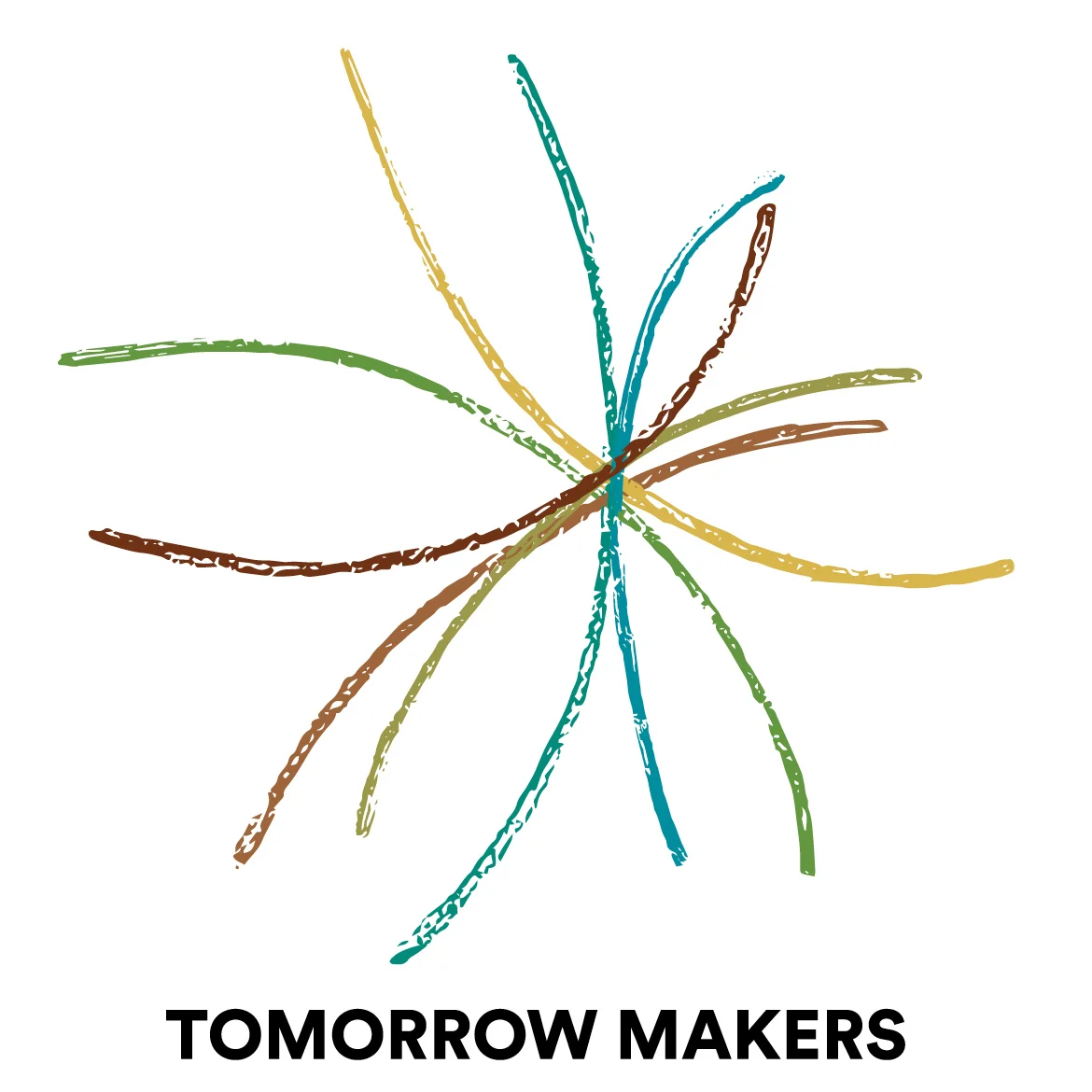Spark Card: Humor Yourselves
/“If you can’t have fun with the problem, you will never solve it.”
"No ha-ha, no ah-ha."
- MG Taylor Axiom
- My version of the same
Humor plays a huge role in our ability to solve problems. When two or more ideas come together in an unexpected way, they can cause surprise and delight -- our minds reframe. Humor can help us realize totally new emergent ideas.
Jokes are a good example of this, where two seemingly conflicting ideas come together and are resolved by "getting the joke." At the moment you get the joke, the tension from the initial conflict dissolves in laughter.
Take a few minutes and share some jokes with each other.
Now, take a few minutes and create some jokes about the ideas you are playing with.
This is the second in a series of Spark Cards being published to the Tomorrow Makers Journal.


